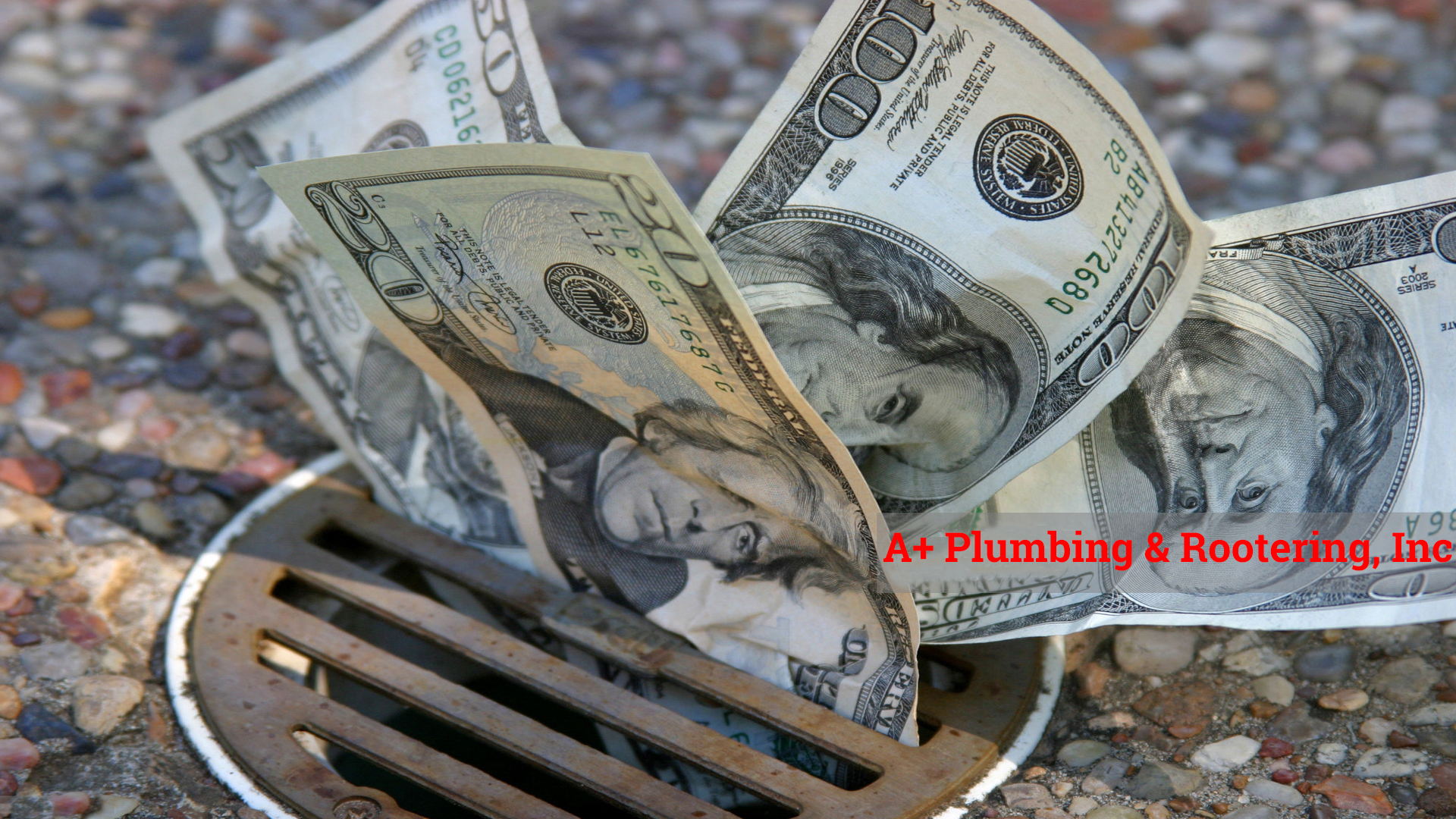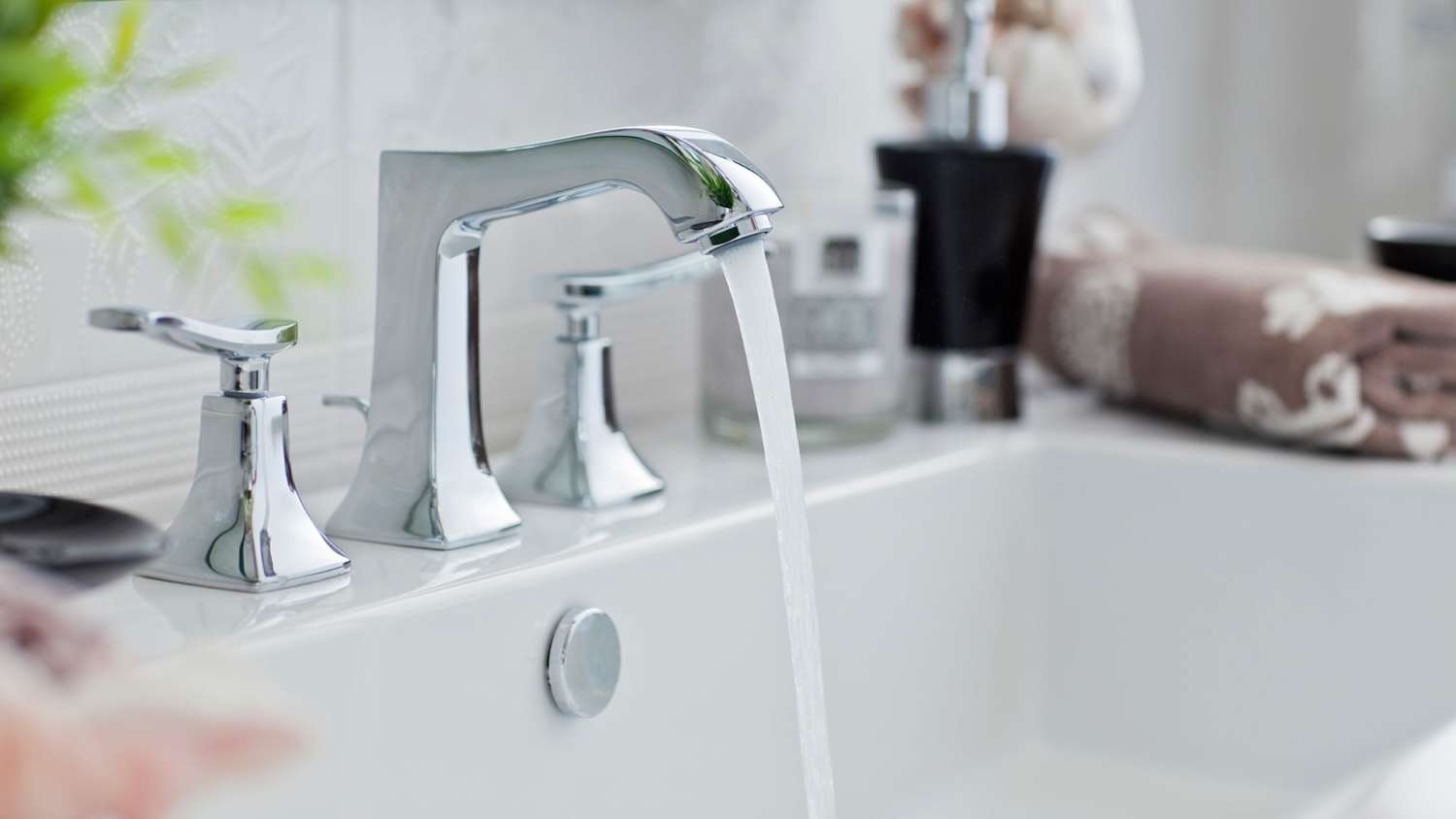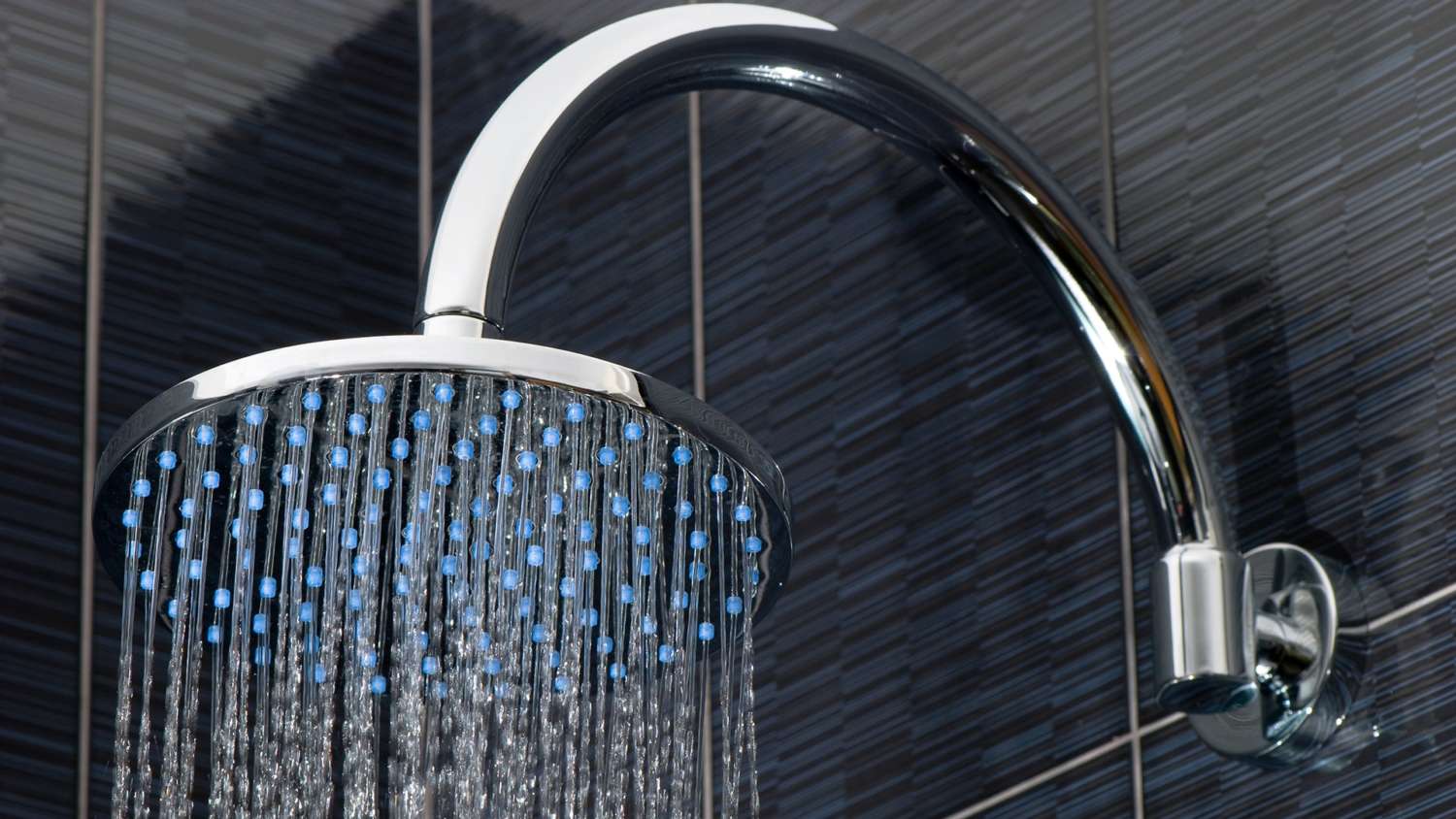It’s important to choose the right pipe for any remodel, renovation or repair job. There’s no one-size-fits-all solution. Many types of plumbing pipe are widely used today, and each has advantages and disadvantages in different applications. Among the most popular choices for plumbing pipe today are copper, PVC and PEX pipe.
To figure out what kind of pipe you need, start by thinking of where the pipe fits into the building’s plumbing systems. There are two basic plumbing systems in a building:
- The water distribution system, which delivers unheated and heated water throughout the building.
- The drain, waste and vent (DWV) system, which removes water, wastes and gas from the building.
For each of these systems, there are different materials of choice today, which are listed in the chart below.
| Plumbing System | Pipe Materials of Choice |
| Drain, Waste and Vent (DWV) Systems | PVC pipe, ABS pipe and copper pipe rated for non-pressure drainage applications |
| Water Distribution Systems | Copper pipe, PEX pipe, CPVC pipe, PVC pipe (unheated water only) rated for low pressure applications |
Most every time we have needed a plumber, it has been an emergency. They are always responsive, prompt and knowledgeable. From a leak in the foundation, to leaks in our backyard drip watering system, to our most recent hot water heater needing urgent replacement, they are the best. We have worked with Edgar and his crew several times and have always been very pleased. Edgar definitely knows his stuff and is great at explaining options. We would highly recommend for any plumbing issue. We have been in our house over 19 years and I wish we had found them sooner.
Joyce A.
Pipe Choice for Drain, Waste and Vent (DWV) Systems
For the DWV system, the materials of choice today are PVC pipe and ABS pipe. These rigid plastic materials are favored because they’re inexpensive, lightweight and not subject to corrosion. PVC and ABS have similar characteristics, but ABS is usually black while PVC is usually white. For DWV applications, pipes that are not rated for pressure are often used.
Historically, other types of pipe have been used for DWV systems, most notably cast iron because of its crush strength, but today these materials are used less frequently because plastic pipes are cheaper, easier to work with and can last as long or longer.
Pipe Choice for Water Distribution Systems
Copper pipe has been a standard choice in water distribution systems for decades because of its light weight and ability to resist corrosion. However, the cost of copper has risen dramatically over the years, and professionals have looked for alternate materials.
What about PVC? It’s one of the most common types of pipe in general plumbing systems, but PVC is not able handle water at the high temperatures that water heaters can produce. PVC is generally not approved for temperatures above 140° F. Because of this limitation, there are usually building-code restrictions on where it can be used. One place that you’ll commonly see PVC is leading away from drains into the DWV system.
Among the first plastics to be widely used to distribute heated water in homes and commercial applications was CPVC, which was introduced during the 1960s. CPVC is similar to PVC, but the addition of chlorine to the structure of the plastic makes the material suitable for higher temperatures. CPVC can typically be used in the same places copper pipe is used.
In the 1980s, PEX pipe was introduced to the U.S. market. Unlike CPVC, PVC and ABS, which are all rigid, PEX is a flexible plastic. This means it can be accommodate wide-radius turns without a joint. It’s particularly handy for retrofits or remodels that involve running new pipe through ceilings and floors.
PEX pipe also allows unconventional water delivery system design. Traditional rigid plastic or metallic pipes typically use a trunk-and-branch design in which a larger-diameter trunk pipe distributes water throughout the building, with short, smaller lines branching off to feed each fixture. PEX can be installed the same way, but it can also be installed using a manifold design, in which longer, small lines run directly between each fixture and a single manifold, usually located near the water main. Any of these individual lines can be shut off at the manifold if necessary, and the system also usually delivers hot water faster, and it can deliver water at higher pressure when there are fewer sharp turns.
For these reasons, PEX has become an extremely popular choice for water delivery systems, though copper is also still used, as is CPVC.
Choosing Between Copper, PEX and CPVC for Water Distribution
The table below compares some of the advantages and disadvantages of PEX, CPVC and copper plumbing pipe for water distribution systems.
| Type of Pipe | Advantages | Disadvantages |
| Copper Pipe |
|
|
| PEX Pipe |
|
|
| CPVC Pipe |
|
|
What About Other Pipe Materials?
While PVC, CPVC, ABS, PEX and copper pipe are the most widely used choices for installation and repairs in homes today, it’s useful to understand the characteristics of some of the other pipe materials you may encounter, especially when working on older construction.
| Type of Pipe | Characteristics | Where You’ll Find It |
| Brass Pipe |
|
|
| Galvanized Steel Pipe |
|
|
| Cast Iron Pipe |
|
|
| Lead Pipe |
|
|
Finally, whether you’re repairing old pipes or installing new plumbing, it’s important to consult local building codes to make sure you’re choosing materials that are compliant in your area.![]()
Q: What’s the difference between schedule 40 PVC and schedule 80 PVC?
A: “Schedule 40” and “schedule 80” refer to different standards developed by ASTM International. These are the main differences between schedule 80 PVC and schedule 40 PVC:
- Schedule 80 PVC is usually dark gray, unlike schedule 40 PVC, which is usually white.
- Schedule 80 PVC has thicker walls, which means it can be rated for the higher pressure applications often found in industrial or chemical facilities. Some schedule 40 PVC pipes are rated for pressure, while others are designed for use only in non-pressure applications in DWV systems.
- Schedule 80 PVC has a smaller inside diameter and slightly restricted flow compared to schedule 40 PVC of the same size. This is because the outside diameters are the same, but the walls are thicker for schedule 80.
- Schedule 80 PVC is heavier and costs more to produce and transport than schedule 40.
Q: What’s the pressure rating for PVC pipe?
A: In general, the pressure rating for PVC pipe depends on the diameter of the pipe, the operating temperature and whether the pipe is the standard schedule 40 PVC or the thicker-walled schedule 80 PVC, which is usually dark gray. The pressure rating goes down as the pipe diameter gets larger and as the operating temperature get warmer.
It’s also very important to make sure your chosen company or individual contractor has valid business insurance. In the unlikely event that something goes wrong on the job site (your property), and someone is injured or the property is damaged, you need to know you won’t be on the hook to cover costs. If a service provider doesn’t have insurance, it may be a sign they are having trouble finding a company willing to insure them because of prior claims or a lack of experience.
Finding The Right Plumbing Contractor
1. Proper Licensing
One of the first things you should ask before hiring a plumber is whether they are licensed, certified, and insured by their state. If the state you live in does not require licensing, you can still check to see if any formal complaints have been issued against them before hiring them.
2. Business Experience
While there may be exceptions to the rule, it is generally a good idea to make sure a plumber has been in business for a few years before hiring them. The more experience a plumbing contractor has, the more likely they are to get the job done right the first time.
3. References
It is always a good idea to ask a plumbing contractor for references before you hire them. Reputable plumbers should have no problem providing good references so don’t be afraid to ask. If you don’t have the time for references, look the company up online and look at their customer reviews. Almost every company gets bad reviews from time to time, so don’t focus solely on the bad ones. It is recommended to focus more on the amount of good reviews vs. bad reviews that a company has. Many people don’t post a review for a company unless they had either a great experience or a terrible one.
4. Warranty
The best plumbers typically offer some type of guarantee on the work they perform. Before hiring a plumber, ask what type of warranty they offer. A plumbing company that offers a good warranty indicates that they are willing to stand behind their work.
5. Friendliness
Being able to communicate with your plumber is critical to getting what you need to have done. It’s important to have a friendly individual who is ready to listen your concerns and work to fix the problem immediately. This will allow you to build trust and confidence in this individual, as well. Also, it is nice to know that when you need a plumber, you can call someone whom you already know and trust to come to your home.



3 Comments
Alisha Williams
Thank you so much for all the technical help! If it wasn’t for you, we would have lost our beautiful house
Kylie Jefferson
The service is fast and effective – just like it should be in an emergency case!
Tony
We appreciate your feedback!